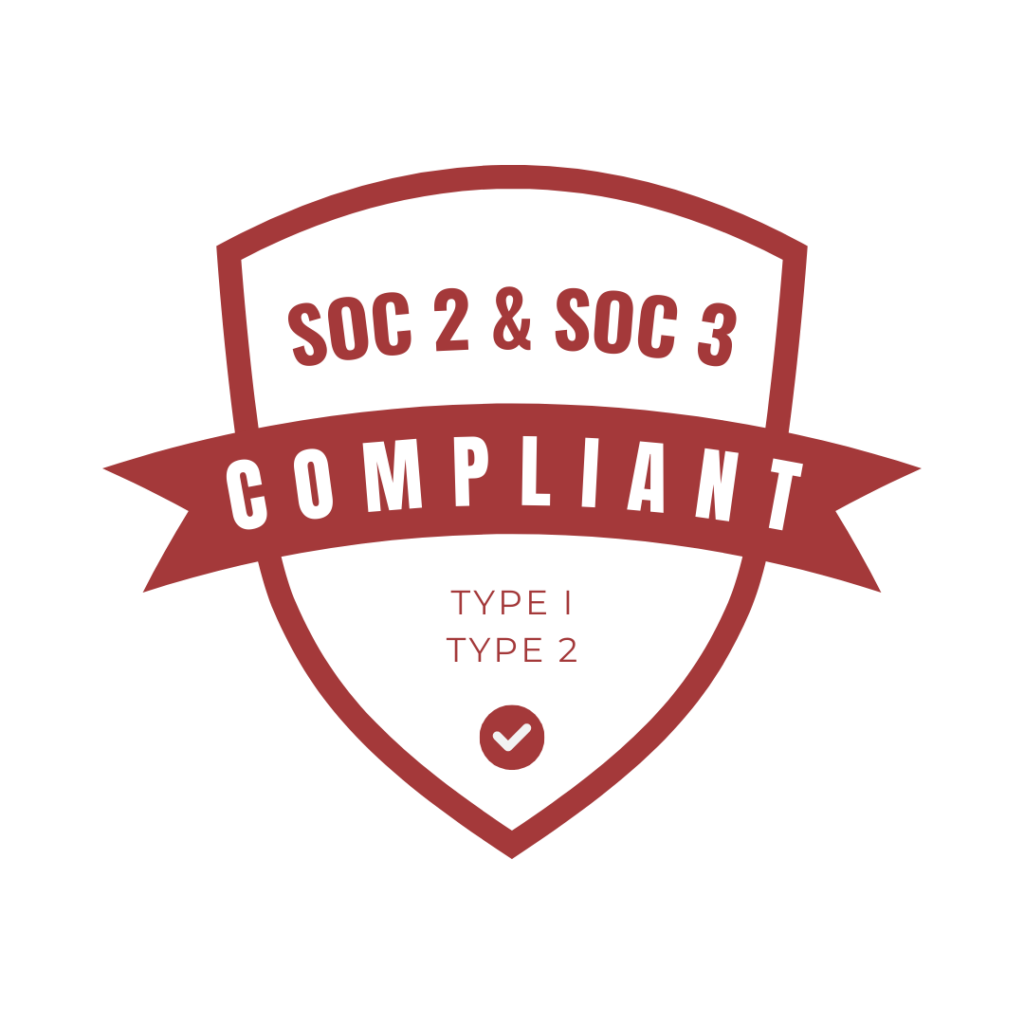
Technology has played a huge role in business travel for a while now. And it’s not going anywhere.
But… the last few years proved there’s always more updates on the way (whether we’re fully prepared for them or not).
A new era of technology is officially upon us. An extremely fast-paced one at that.
What does this new era mean for you (and your team)?
The travel industry is becoming more tech-centric than ever before. And we all have to be willing to adapt to it as we #rethinkbusinesstravel.
From new online booking tool (OBT) features… to biometric scanners at airport security checkpoints… to electronic passport/visa authorization platforms… and of course… New Distribution Capability (NDC)…
We (and everyone else in travel) are finding every little way we can to improve your experience with the help of technology.
When it comes to OBTs, you should be noticing major differences as User Interface / User Experience (UI/UX) developments have been going on across the industry.
The way your company’s OBT of choice works/looks/feels may seem entirely new to you as these changes are being made.
At first you might be thinking… Ummm…why?
(We get it, some things don’t need changing. But trust us – UI/UX updates are not one of those things).
Here’s a few reasons:
- Advancing Tech: Like we mentioned above… New travel tech, including mobile devices, artificial intelligence, blockchain, and augmented reality, are driving changes in UI/UX, too. New technologies enable more seamless, efficient, and personalized travel experiences.
- Mobile Dominance: Smartphones are our main form of communicating/working now and it has made mobile applications key to the overall travel experience. Travelers expect intuitive and user-friendly mobile interfaces (more like leisure sites) for booking, itinerary management, and on-the-go information.
- Personalization Expectations: Modern travelers have high expectations for personalized experiences. They want travel platforms to understand their preferences and provide tailored recommendations for accommodations, transportation, and activities. Cue NDC.
- Data, Analytics, and AI: The use of data analytics and artificial intelligence allows travel platforms to analyze user behavior, predict preferences, and offer proactive assistance. AI-powered chatbots and virtual assistants enhance customer support and engagement.
- Sustainability Concerns: Growing awareness of environmental issues has led to increased demand for sustainable travel options. UI/UX changes may reflect a focus on providing information about eco-friendly choices and helping users make environmentally conscious decisions.
- Global Events and Pandemics: Events such as the COVID-19 pandemic have accelerated the adoption of touchless technology and safety features. Travel UI/UX is adapting to address health and safety concerns, including contactless check-ins and real-time travel updates.
- Competition: The travel industry is highly competitive, and business travel is catching up. Travel Management Companies (TMCs), vendors, and suppliers are continually innovating to differentiate themselves. UI/UX improvements are a key aspect of this differentiation, helping companies attract and retain customers. During the pandemic, a flood of new entrants joined the market.
- Changing Work Patterns: The rise of remote work and flexible schedules has influenced business travel. Travel UI/UX may adapt to cater to the needs of professionals who require seamless integration between work and travel experiences and those who need hybrid meeting capabilities once onsite.
- Regulations: Changes in travel restrictions or safety protocols can prompt updates to UI/UX. Clear communication becomes crucial for travelers to plan their trips effectively.
- Customer Wants/Needs: User feedback plays a crucial role in shaping UI/UX changes. Travel platforms often listen to customer needs and preferences to enhance their interfaces and overall user experience.
Now that you know why all this is going on…
You’re probably wondering what to expect when your OBT gets a UI/UX facelift soon (if it hasn’t already).
These are the overarching UI/UX changes we’re seeing right now:
- Mobile: The integration of mobile applications for booking, itinerary management, and travel updates is already a significant trend. Throughout the rest of this year, there might be further advancements in mobile UI/UX, possibly incorporating more seamless and user-friendly features.
- Personalization: The trend towards personalized experiences in travel is likely to continue. UI/UX may evolve to offer more tailored recommendations, such as hotel preferences, transportation options, and dining choices based on individual traveler profiles. NDC and other vendor offerings are a main driver.
- Payments: The need for secure and transparent transactions is impacting UI/UX. Includes things like streamlined payment processes, enhanced security features, and improved/detailed communication.
- Virtual Needs/Wants: Integration of virtual elements into travel apps could include virtual tours of destinations, AR navigation, or interactive maps.
- AI: AI could play a larger role in providing real-time travel assistance, predictive analytics for potential disruptions, and chatbot-based customer support. Will impact the conversational and interactive UI in travel applications.
- Sustainability: With increased focus on sustainability, travel UI/UX is incorporating features that help users make eco-friendly choices. This might include information on carbon footprint, sustainable transportation options, and environmentally conscious accommodations.
- Touchless Tech: Given the global emphasis on hygiene and safety, touchless technology could become more prevalent in business travel UI/UX. This may include contactless check-ins, mobile room keys, and touchless payment options.
- Advanced Automations: The integration of automations in business travel UI/UX is streamlining and enhancing user experiences by automating repetitive tasks such as booking confirmations, itinerary updates, and expense tracking. This not only reduces the burden on travelers but also contributes to a more efficient and frictionless journey, resulting in a more user-friendly and time-saving interface.
As the travel industry continues to evolve, there will likely be cause for additional UI/UX changes across all OBTs. After all, nothing stays the same for very long around here (at least not recently).
#teamgant is here to support your organization when we (and our partners) make these changes – and per usual, we’ll keep you in-the-loop about our own technology developments. There’s always something in the works behind the scenes!
–
Curious what else is coming for your company’s OBT of choice? Contact your Gant account manager, they’ll get your questions answered.
Not a Gant client yet and want to know more about how Gant can help you rethink business travel? Get in touch with us at sales@ganttravel.com.
Not ready to reach out but want to know more about new travel tech? Check out our previous blog post on NDC and Business Travel.





